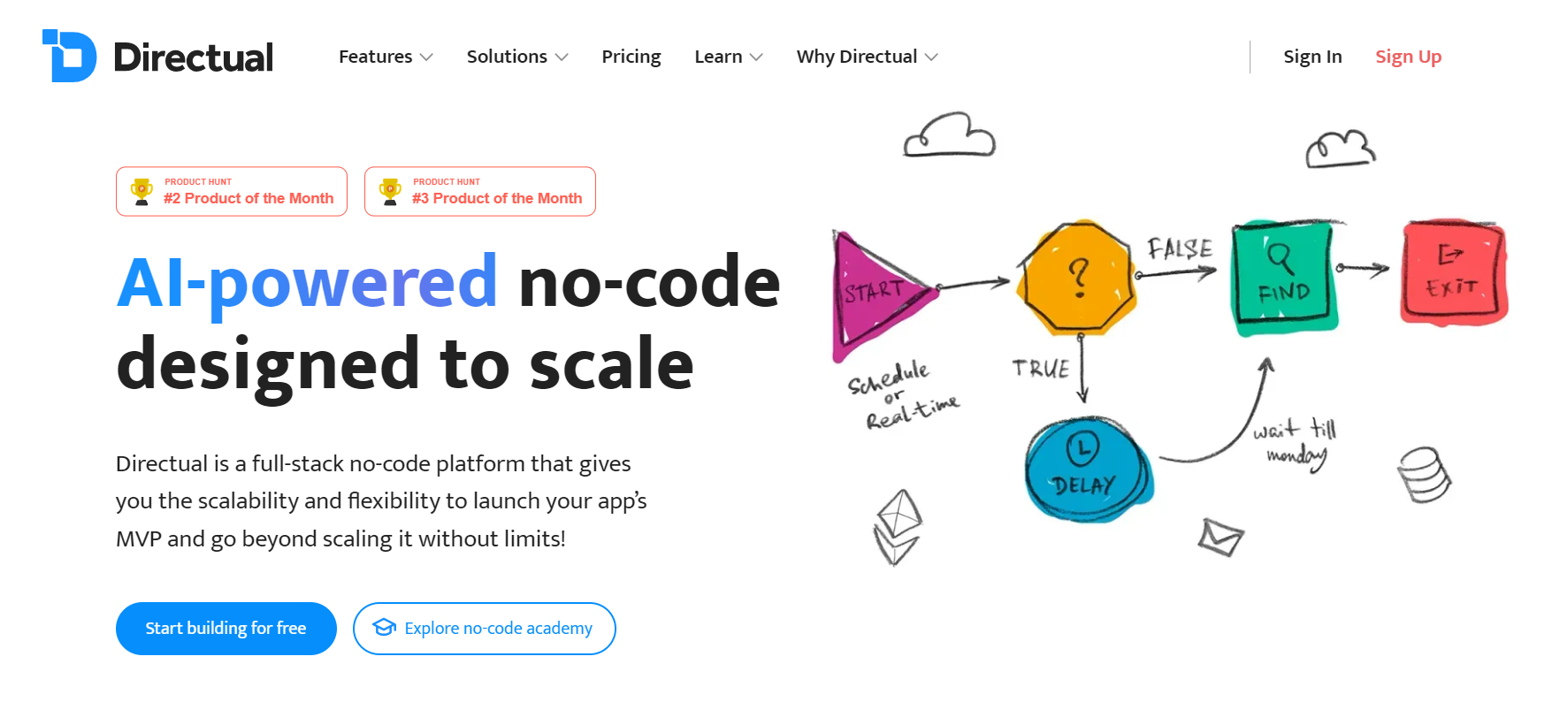Checking Out the Advantages of Scalable Data Sources That Require No Coding Abilities for Effective Information Management Solutions
The introduction of scalable data sources that remove the necessity for coding abilities presents a transformative opportunity for organizations seeking efficient information monitoring solutions. As we consider the implications of such improvements, it becomes crucial to check out exactly how they can reshape the landscape of information management and drive lasting development in a competitive atmosphere.
Boosted Availability for Individuals
Boosted accessibility for users is a vital element of scalable data sources, ensuring that information monitoring systems are straightforward and user-friendly. In an age where data-driven decisions are paramount, accessibility enables a broader series of users, including those without extensive technological proficiency, to involve with data source systems efficiently. This democratization of data access helps with improved cooperation throughout departments, encouraging staff members to make and remove understandings notified choices.
Straightforward user interfaces, such as drag-and-drop features and visual data depiction, simplify intricate data communications. These enhancements decrease the knowing contour related to conventional database management, enabling individuals to focus on leveraging information instead of facing technical intricacies. Scalable databases usually integrate real-time analytics and adjustable control panels, providing individuals with prompt insights tailored to their certain demands.

Cost-Effectiveness and Source Cost Savings
Effective information management not just hinges on accessibility however also on cost-effectiveness and source cost savings. Scalable databases made for individuals with no coding skills considerably decrease financial concerns generally connected with traditional data source management systems. By getting rid of the demand for specialized programs proficiency, organizations can allot their resources a lot more successfully, focusing funds on core service tasks as opposed to considerable training or hiring knowledgeable personnel.
Additionally, these databases usually utilize cloud-based options, which better decrease expenses connected to equipment and maintenance. Organizations can scale their database options according to their demands, avoiding the expenses sustained from over-provisioning sources. This adaptability means companies can adjust to transforming needs without incurring unnecessary costs, resulting in considerable long-lasting financial savings.
Additionally, user-friendly interfaces improve data entrance and monitoring procedures, lowering the moment invested on administrative tasks. This effectiveness converts right into labor price financial savings, permitting groups to concentrate on strategic initiatives as opposed to routine upkeep. On the whole, taking on scalable data sources that call for no coding abilities promotes a much more economical technique to data management, enabling organizations to optimize their sources while keeping high levels of operational efficiency.
Improved Collaboration Throughout Teams

Moreover, scalable databases help with seamless interaction amongst team members. With easy to use user interfaces that call for no coding abilities, staff members can easily create, modify, and share reports or dashboards customized to their particular demands. This democratization of data empowers non-technical users to contribute insights, enhancing the collaborative environment.
Furthermore, these databases support concurrent access, allowing multiple users to service the same dataset at the same time. This feature enhances productivity, as teams can take part in joint information evaluation without the danger of version control issues. The capacity to leave notes or remarks directly within the database further promotes discussion and makes clear data interpretations.
Streamlined Data Monitoring Processes
In today's data-driven setting, organizations recognize the need of structured data management refines to take full advantage of effectiveness and accuracy. By leveraging scalable data sources that need no coding skills, companies can simplify their information handling and lower the complexities usually related to typical data source systems. This ease of access empowers non-technical customers to involve straight with information, helping with quicker decision-making and reducing dependence on specialized IT personnel.
Structured data management procedures enhance operations by automating routine jobs such as data access, validation, and coverage. Automated data integration ensures that info from various resources is aggregated effortlessly, eliminating silos and promoting an unified sight of crucial organization metrics (no-code). User-friendly interfaces permit personnel to control information quickly, enabling them to create insights that drive calculated efforts without the requirement for comprehensive training.
This efficiency not only accelerates operational processes however additionally minimizes the potential for human error, making certain that data remains trustworthy and exact. Inevitably, streamlined data management processes through scalable databases cause boosted performance, permitting companies to focus on core activities while guaranteeing that their data administration methods are effective and effective.
Scalability for Growing Businesses

For expanding ventures, the capability to scale up or down is important. A scalable database can handle an increase of information generated from brand-new clients, products, or solutions, guaranteeing that business procedures stay continuous. These databases supply the capability to take care of peak tons successfully, which is necessary during durations of rapid development or seasonal spikes.
Additionally, several scalable database solutions are created with user-friendly user interfaces that require no coding abilities, empowering non-technical personnel to manage data properly (no-code). This democratization of data monitoring allows companies to allocate sources purposefully and reduce dependence on specialized IT employees
Eventually, taking on a scalable database not just boosts operational effectiveness yet also promotes a setting where businesses can evolve and innovate without the restrictions of typical database systems. This versatility settings companies for long-term success why not try these out in today's competitive landscape.
Final Thought
In verdict, scalable data sources that require no coding abilities give considerable benefits for effective information monitoring. By simplifying information administration procedures and using scalability for growing companies, such options allow companies to adjust Home Page to changing demands successfully.
Improved ease of access for users is a crucial aspect of scalable data sources, making sure that data monitoring systems are user-friendly and instinctive.Straightforward interfaces, such as aesthetic information and drag-and-drop features depiction, simplify intricate data interactions. Generally, adopting scalable data sources that need no coding abilities promotes a much more cost-effective strategy to data monitoring, enabling companies to maximize their sources while maintaining high levels of functional effectiveness.
By leveraging scalable data sources that need no coding abilities, companies can simplify their information handling and decrease the complexities commonly connected with traditional data source systems - no-code.Structured data monitoring processes improve operations by automating routine tasks such as information entry, validation, and coverage